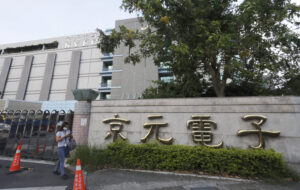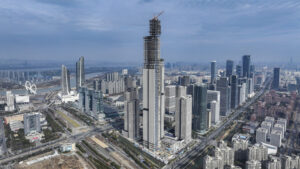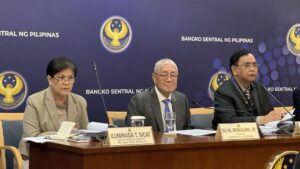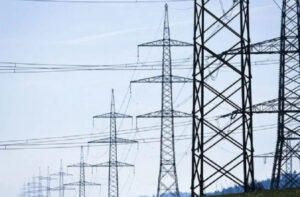Menu
Philippines Embraces Wind Energy Amid Challenges and Environmental Considerations
- Junnel G
- January 28, 2024
- 5:40 pm

The Philippines is charting a sustainable future, leveraging the power of wind energy, as showcased by the 36-megawatt Nabas wind power project in Aklan province. Operated by PetroWind Energy Inc., this project is among the country’s vanguard in harnessing wind for electricity, contributing significantly to the grid stability in the Visayas region and offsetting substantial carbon dioxide emissions annually.
However, the journey toward renewable energy is not without its challenges. The nation’s reliance on coal-fired power plants, especially in the Panay sub-grid, juxtaposes the clean energy ambitions, highlighting a transitional energy landscape. The seasonal nature of wind further adds a layer of complexity, with facilities like the one in Aklan experiencing fluctuations in yield depending on the time of year.
Despite these hurdles, the Philippines is making notable strides. With over 200 wind energy service contracts and a potential capacity of 80,263.53 MW, the country is tapping into its vast wind energy potential. The commitment is underscored by international recognition, with the World Bank projecting the possibility of developing 21 gigawatts of offshore wind by 2040.
Yet, the environmental impact of wind turbines remains a topic of scrutiny. Concerns revolve around the non-reusability or recyclability of materials used in turbine construction and the potential use of fossil fuels in the production process. PetroWind, however, posits that the environmental impact is largely temporary, emphasizing that operational wind farms can harmonize with the landscape and local ecosystems, sometimes even enhancing ecotourism.
The Nabas project, in particular, has been under close watch by environmental advocates, especially concerning its proximity to ecologically sensitive areas like the Northwest Panay Peninsula Natural Park and the Nabaoy River. PetroWind defends its stance by highlighting rigorous environmental impact assessments and the project’s compliance with environmental regulations.
Addressing community concerns, the company has committed over P175 million to bioengineering and mitigation efforts through initiatives like the ridge-to-river rehabilitation and restoration program. This program aims to safeguard the environment while the wind farm operates, demonstrating a balance between energy development and ecological preservation.
Furthermore, the placement of wind farms in high elevations not only maximizes energy generation but also minimizes land-use conflicts, particularly with agriculture. PetroWind also views these projects as platforms for raising environmental awareness and promoting sustainability within local communities.
As the Philippines continues to navigate the complexities of renewable energy adoption, the emphasis remains on harmonizing development with environmental stewardship, ensuring that the quest for clean energy also respects and preserves the nation’s rich natural heritage.
#Top Tags COVID Covid-19 Technology Finance Investing Sustainability Economy

Subscribe to Our Newsletter and get a free pdf:



















Comments are closed for this article!